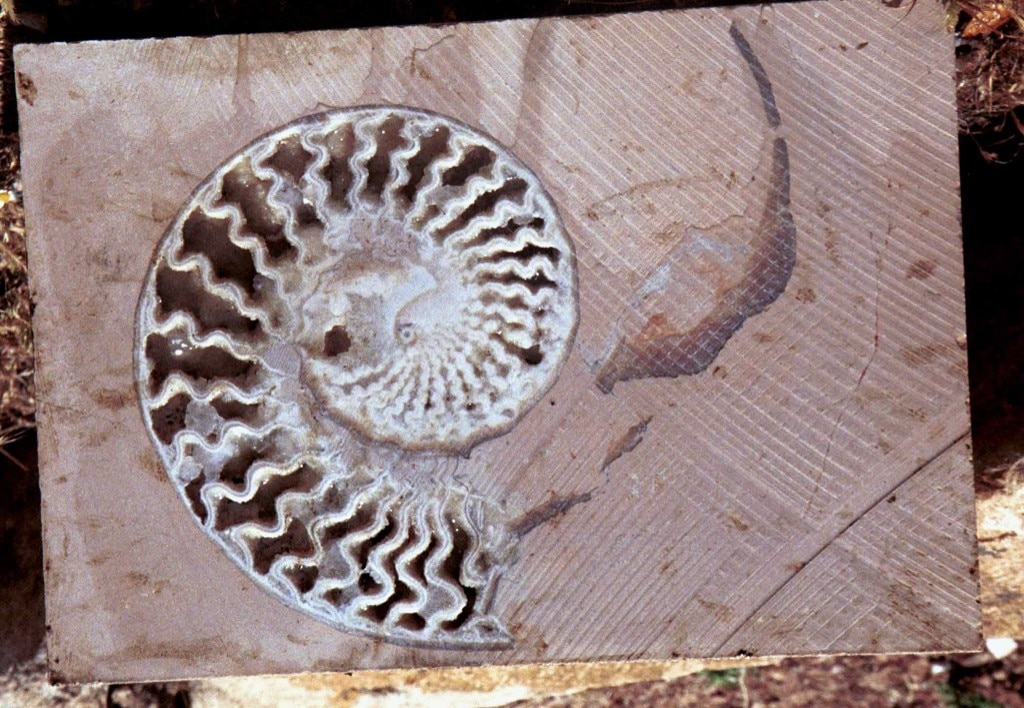What Is Shaligram? Stones That Covered 500-Km Journey From Nepal To Ayodhya For Lord Ram Idol
Two massive shaligrams were brought to Ayodhya from Nepal to sculpt Lord Ram's statue. Here's all you need to know about the rare rock.

Special rocks, known as Shaligrams, were brought to Ayodhya Ram Temple site from Nepal on Thursday. The Shaligrams are rare rocks, from which idols of Lord Ram and Sita will be carved out and placed in the sanctum sanctorum. The rocks were presented to the Shri Ram Janambhoomi Teerth Kshetra Trust after special prayers. They were brought from the Mustang district of Nepal, covering nearly 500 kilometres over eight days.
These rocks, that are 60 million years old, reached Ayodhya from Nepal on two different trucks. One rock weighs 26 tonnes and the other weighs 14 tonnes.
So, what is this Shaligram and what is its significance? Here's all that we know about these rare stones.
What is a Shaligram?
Shaligrams are stones created from the fossilised shells of ancient sea creatures. They are primarily formed from fossilized ammonite, a mollusk that lived millions of years ago. They are considered to be a sacred object in Hinduism
What does shaligram look like?
Shaligram is black or dark brown in colour and are found in various shapes and sizes, each with its own unique markings that are considered to represent different aspects of Lord Vishnu.

Where is shaligram found?
Shaligrams are found primarily in the Kali Gandaki riverbed in western Nepal. The river is considered sacred by Hindus and is believed to be the source of the shaligram. The availability of Shaligram stones is limited and they are considered to be rare and precious, making their discovery a significant event in the lives of many Hindus.
What is the significance of shaligram in Hinduism?
Shaligram is believed to be a representation of Lord Vishnu and is venerated as a symbol of his divine presence. The significance of shaligram in Hindu culture lies in the belief that it brings blessings, prosperity, and good fortune to those who worship it with devotion and respect. It is often used as a talisman to ward off evil and bring protection and positive energy to the household. Shaligram is also considered a form of pilgrimage, as devout Hindus may travel to the sacred riverbeds in Nepal where they are found, to collect and worship them.
How was shaligram used in ancient times?
In ancient times, shaligrams were used in the construction of Hindu temples as foundation stones and as symbolically significant objects within the temple itself. They may have been placed at the entrance of the temple as a representation of the divine presence and a source of blessings for all who enter. In some cases, they were also carved into intricate sculptures and used as embellishments on temple walls or as offerings to the gods.
Which temples have shaligrams?
There are many shrines dedicated to Lord Vishnu where Shaligrams are kept for worship and offerings. Some of the most famous of these shrines include the Jagannath Temple in Puri, the Badrinath Temple in Uttarakhand, and the Ranganatha Temple in Sri Lanka.
(With agency inputs.)





































